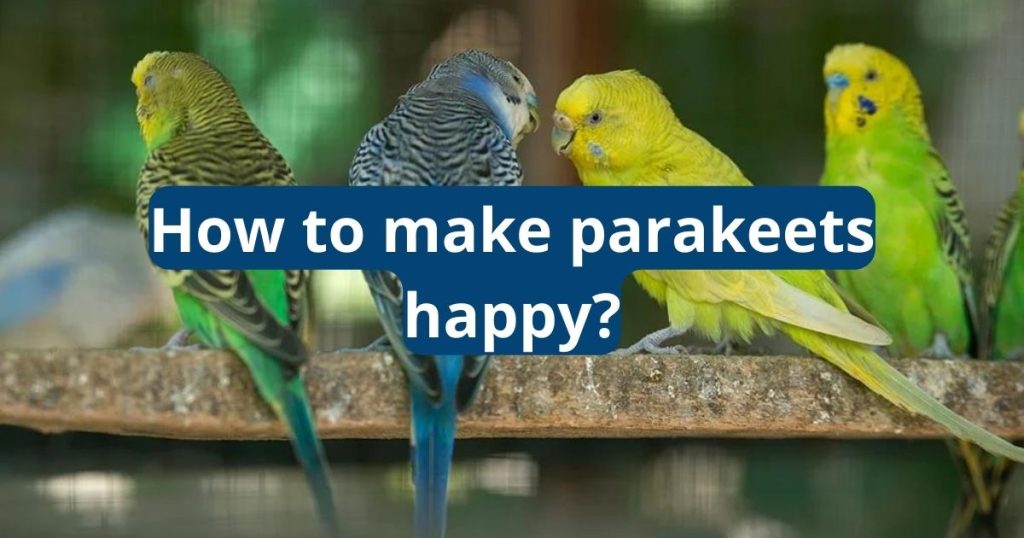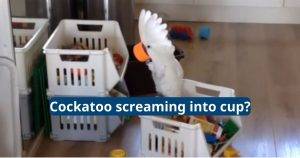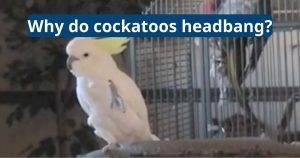How to Make Parakeets Happy?

There is nothing more heartwarming than watching a parakeet happily eat her favorite fruits and veggies. And hearing her contentedly grind her beak as she nods off to sleep is even better. A happy parakeet also needs a good quality cage with plenty of room to fly, play and exercise. Spending time training her to respond to your voice and use her name is a great way to build trust and a strong bond with her.
Feeding
Parakeets are intelligent and social birds that need plenty of interaction with their owners. They also need food in order to thrive. Providing them with a balanced diet of pellets and seeds, fresh fruits, vegetables and dark leafy greens helps keep them healthy and happy. Watching my budgies nibble away happily on their salad, tucking into a piece of kiwi or grinding their beaks as they go to sleep is a pleasure.
When a parakeet is feeling content, he will vocalize. Happy chirps often signal that everything is well in his world, while a whistling noise might suggest that he is eager for attention. Unhappy chirps or a squawk can be a sign of stress, fear or discontent and should not be ignored.
To get your parakeet to start talking, spend more time near his cage and talk softly to him. Be patient and avoid making any sudden movements. After your budgie gets used to having you around his cage and your hand inside it, start offering him food from your palm. He may not take to it at first, but continue to offer him a few bites of seed and he will soon begin to trust you. Then you can begin to play with him, hold him and give him treats outside his cage. This will help him feel like part of the family and will allow you to bond with him in ways that he would not be able to do in his cage alone.

Training
As with all animals, providing adequate training can help a parakeet become more comfortable around humans and reduce apprehension. It is best to train your bird in small, regular sessions that last no more than 10-15 minutes at a time. This will reinforce the positive association of human contact with rewards and help your bird to develop trust in you.
Begin with simple commands such as “step up” or “on top.” These can be taught using a specific perch and verbal cues paired with visual gestures. With consistent repetition, your parakeet will learn to associate the command with a particular behavior.
Once your parakeet is comfortable stepping onto your finger, you can try a more challenging trick. Toss an object a meter or so away from the parakeet and say “fetch.” They will soon learn that dropping objects into your hand, or bowl, is a sure way to get a reward.
While parakeets don’t typically cry like humans, they can communicate their emotions with vocalizations such as squawking or emitting rapid, high-pitched chirps. Understanding the meaning behind these noises will allow you to recognize your pet’s needs more clearly and ensure their emotional well-being.
Be sure to respect your parakeet’s personal space and never reach through their cage bars. They may be scared of your large hand and will only respond to gentle, calm interactions.

Health
Most parakeets enjoy being petted and handled. However, it’s important to approach handling and bonding with your bird at your bird’s pace. They may be nervous or scared of people at first, but with time you will have a great buddy!
Parakeets need a variety of toys and activities to keep them engaged. Offering them ropes they can climb and chew, swings, bells and ladders are all great ways to keep your pet interested. Also letting them out of their cage to explore other open spaces and play with you will help strengthen your relationship.
Providing adequate health care is another factor that contributes to a parakeet’s happiness. Keeping the cage clean and feeding them high-quality pellets, seeds and a small amount of fruit is crucial. Avoid feeding them too much fruit because it is high in sugar and can cause many illnesses.
A healthy, happy parakeet will chirp and sing. In the wild, chirps are used to communicate with one another and reassure themselves that everything is all right. They will also whistle and mimic noises to stay mentally stimulated. Talking to your parakeet, playing music and introducing them to mirrors or other bird-safe objects can encourage them to vocalize more.

Care
Parakeets can live up to 20 years with proper care and routine veterinary visits. They enjoy daily interaction with their owners and love being held, stroked and petted — gently of course! They will need to get used to this, however, so it’s best to slowly work up to it.
Chirping is a sign of a healthy and happy parakeet. It can indicate their desire to play, a reminder that their food or water bowls need refilling, or even a demand for attention. Louder chirps can be a warning that they are sensing danger in their environment or feeling stressed. Often they will continue to squawk until their need is addressed, whether it’s being fed or given the attention they want.
A tired parakeet can become bored easily, so be sure to provide them with lots of entertaining toys that will keep them busy, especially a variety of perches in their cage. Providing natural tree branches to climb and perch on can also help to strengthen their feet. Make sure to trim their nails on a regular basis so they don’t become caught or break off, which could lead to bleeding.
To build up a bond with your budgie, spend time near their cage talking calmly in a soothing voice. After a while, put your hand in the cage and entice them to hop onto it by holding a treat such as millet spray. They may not jump at first, but if you repeat the process, they will soon begin to hop up on your finger like a perch.



